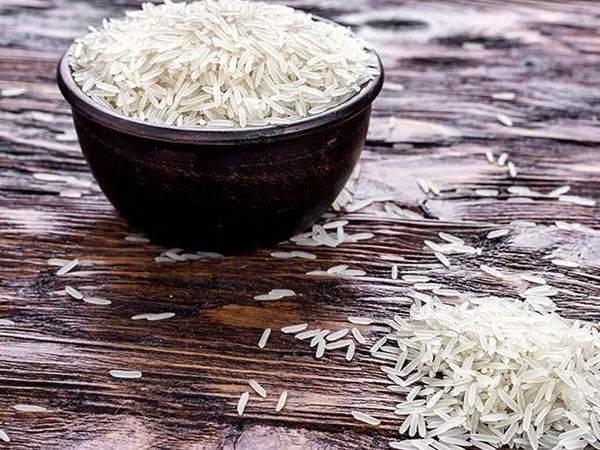 An expert from Punjab Agricultural University has warned that the Bhagwant Mann government’s decision to advance paddy transplantation will cause ‘a colossal loss of groundwater’.
An expert from Punjab Agricultural University has warned that the Bhagwant Mann government’s decision to advance paddy transplantation will cause ‘a colossal loss of groundwater’.
The Punjab government’s decision to advance paddy transplantation this year will result in groundwater equalling twice the capacity of the Bhakra Dam being extracted in June, placing an additional strain on the state’s water resources, an expert has warned.
“It is a simple calculation that 8.80-million-acre feet (MAF) of water will be pumped out in these 20 days. The live or usable storage capacity of the Bhakra Dam, when it is filled up to 1,680 ft, is 4.87 MAF of water. Hence, it will be twice the capacity of the Bhakra Dam,” an expert from Punjab Agricultural University (PAU) said.
Last year, paddy transplantation in Punjab began in phases on June 10 and June 15. This year, the government advanced the dates to June 1, 5 and 9, despite a recommendation by PAU experts that it should begin from June 20.
While announcing the move, Chief Minister Bhagwant Mann had defended the decision, saying it was taken to protect paddy growers, who face issues with high moisture content in their crop at the time of harvesting in October.
The numbers game
According to a hydrology engineer, the average water discharge of a tubewell is 15 litres per second. Punjab has 15.30 lakh tubewells. Since June 1, one-third of the state has been drawing water from the ground through 5.10 lakh tubewells. As power is supplied for eight hours to every pumpset, in 20 days (from June 1 to June 20), these pumpsets would have pumped out 4,40,640 crore litres or 4.40 billion cubic metres (BCM) of water, as per the engineer.
In the second phase from June 5 to June 20, one-third of Punjab is estimated to use 3,30,480 crore litres or 3.30 BCM of water through 5.10 lakh tubewells.
Similarly, in the third phase, from June 9 to June 20, the state is likely to use 2,42,350 crore litres or 2.42 BCM of water in 11 days.
It is estimated that the total extra water extraction would be 8.20 MAF or 10.12 BCM.
“Therefore, ignoring the advice of PAU and other agriculture experts and ignoring the experience gained in the last 17 years of delayed paddy transplantation, the Punjab government’s decision will cause a colossal loss of groundwater. What a tragedy for a state which is otherwise also facing desertification,” the expert added.
Lessons from the past
In 2024, paddy transplantation in the Muktsar, Faridkot, Fazilka, Ferozepur, Bathinda and Mansa districts of the Malwa region began on June 11. On June 20, the remaining 17 districts followed suit.
In the past, paddy transplantation normally began after June 10.
It was in 2009 that the Punjab government had enacted The Punjab Preservation of Subsoil Water Act, aiming to conserve groundwater by mandatorily delaying paddy cultivation and prohibiting transplantation before June 10. Before 2009, farmers used to undertake transplantation in May as well.
This year, paddy transplantation began in Faridkot, Bathinda, Ferozepur, Muktsar, and Fazilka districts from June 1. From June 5, the process began in the districts of Gurdaspur, Pathankot, Amritsar, Tarn Taran, Ropar, SAS Nagar, Fatehgarh Sahib and Hoshiarpur. Ludhiana, Malerkotla, Mansa, Moga, Patiala, Sangrur, Barnala, Kapurthala, Jalandhar and Nawanshahr followed suit from June 9.
With paddy transplantation starting in all districts and temperatures crossing the 40-degree Celsius mark, the power demand has shot up to 15,650 MW and is expected to touch the 17,000 MW mark in peak season.













© Copyright 2025 The SSResource Media.
All rights reserved.